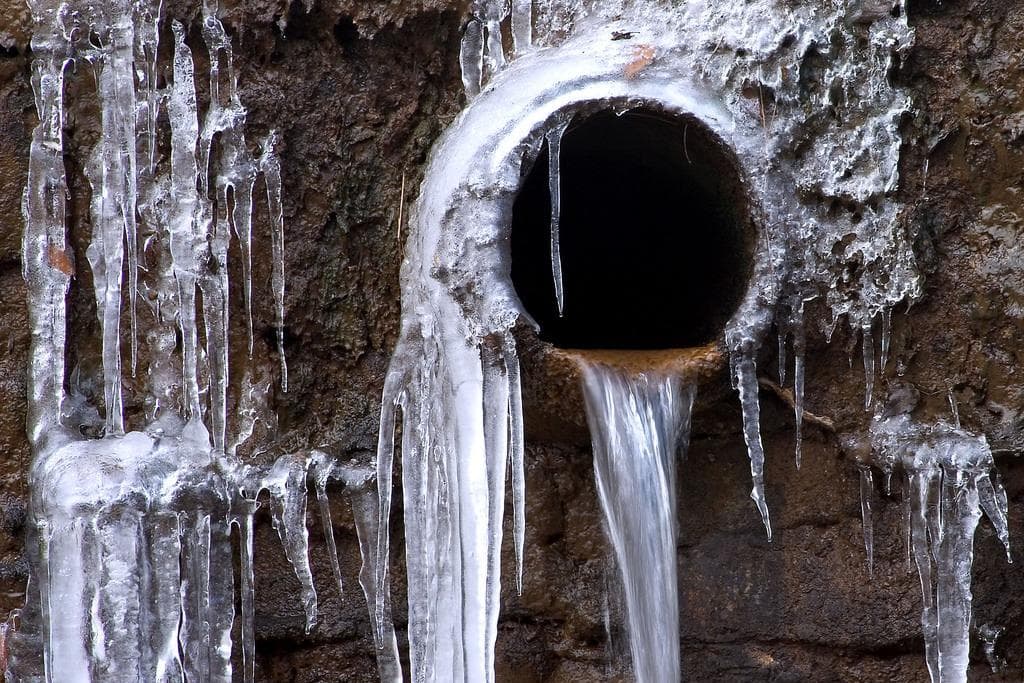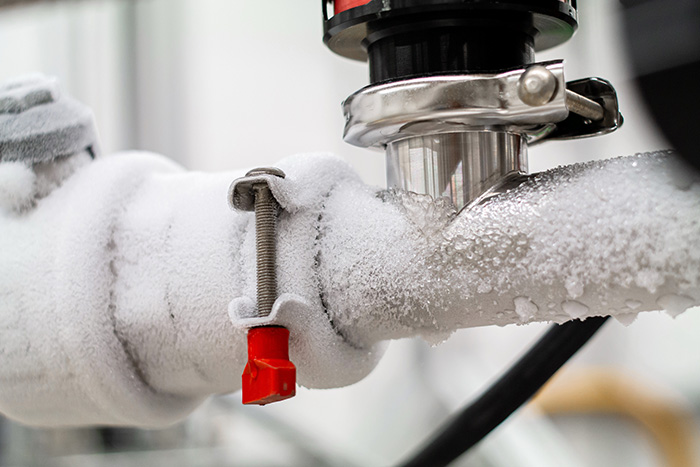Do you find yourself looking for additional info on Helpful Tips to Prevent Frozen Pipes this Winter?

Cold weather can damage your pipes, particularly by freezing pipelines. Here's how to avoid it from occurring and what to do if it does.
Intro
As temperature levels drop, the danger of icy pipes increases, possibly causing pricey repair work and water damage. Recognizing exactly how to stop icy pipelines is critical for homeowners in chilly environments.
Comprehending Frozen Pipes
What causes pipes to freeze?
Pipes ice up when subjected to temperature levels below 32 ° F (0 ° C) for extended durations. As water inside the pipes ices up, it increases, taxing the pipe walls and possibly causing them to burst.
Dangers and problems
Icy pipes can cause water supply disruptions, property damage, and pricey repair services. Burst pipes can flood homes and trigger comprehensive architectural damages.
Signs of Frozen Pipeline
Determining frozen pipelines early can avoid them from rupturing.
How to recognize icy pipelines
Seek decreased water flow from taps, uncommon smells or noises from pipelines, and noticeable frost on revealed pipes.
Avoidance Tips
Insulating susceptible pipes
Wrap pipes in insulation sleeves or use warm tape to secure them from freezing temperatures. Concentrate on pipelines in unheated or exterior locations of the home.
Home heating strategies
Maintain indoor areas properly warmed, specifically locations with plumbing. Open cabinet doors to enable cozy air to circulate around pipelines under sinks.
Safeguarding Exterior Plumbing
Yard hose pipes and outside faucets
Disconnect and drain pipes yard hoses prior to winter. Mount frost-proof faucets or cover outdoor taps with protected caps.
What to Do If Your Pipes Freeze
Immediate activities to take
If you believe icy pipes, keep faucets open to ease pressure as the ice thaws. Utilize a hairdryer or towels soaked in hot water to thaw pipes slowly.
Long-Term Solutions
Structural modifications
Consider rerouting pipelines far from outside wall surfaces or unheated locations. Add added insulation to attics, cellars, and crawl spaces.
Updating insulation
Purchase high-quality insulation for pipes, attic rooms, and wall surfaces. Correct insulation aids preserve consistent temperatures and lowers the threat of icy pipelines.
Conclusion
Stopping frozen pipes requires proactive steps and fast reactions. By comprehending the reasons, signs, and preventive measures, homeowners can protect their pipes during winter.
5 Ways to Prevent Frozen Pipes
Drain Outdoor Faucets and Disconnect Hoses
First, close the shut-off valve that controls the flow of water in the pipe to your outdoor faucet. Then, head outside to disconnect and drain your hose and open the outdoor faucet to allow the water to completely drain out of the line. Turn off the faucet when done. Finally, head back to the shut-off valve and drain the remaining water inside the pipe into a bucket or container. Additionally, if you have a home irrigation system, you should consider hiring an expert to clear the system of water each year.
Insulate Pipes
One of the best and most cost-effective methods for preventing frozen water pipes is to wrap your pipes with insulation. This is especially important for areas in your home that aren’t exposed to heat, such as an attic. We suggest using foam sleeves, which can typically be found at your local hardware store.
Keep Heat Running at 65
Your pipes are located inside your walls, and the temperature there is much colder than the rest of the house. To prevent your pipes from freezing, The Insurance Information Institute suggests that you keep your home heated to at least 65 degrees, even when traveling. You may want to invest in smart devices that can keep an eye on the temperature in your home while you’re away.
Leave Water Dripping
Moving water — even a small trickle — can prevent ice from forming inside your pipes. When freezing temps are imminent, start a drip of water from all faucets that serve exposed pipes. Leaving a few faucets running will also help relieve pressure inside the pipes and help prevent a rupture if the water inside freezes.
Open Cupboard Doors
Warm your kitchen and bathroom pipes by opening cupboards and vanities. You should also leave your interior doors ajar to help warm air circulate evenly throughout your home.

Do you like more info about Preventing and dealing with frozen pipes? Try leaving a short review down below. We'd be happy to listen to your suggestions about this entry. Hoping that you visit us again in the near future. Feel free to take the opportunity to share this post if you enjoyed reading it. Thanks so much for going through it.
Call Today